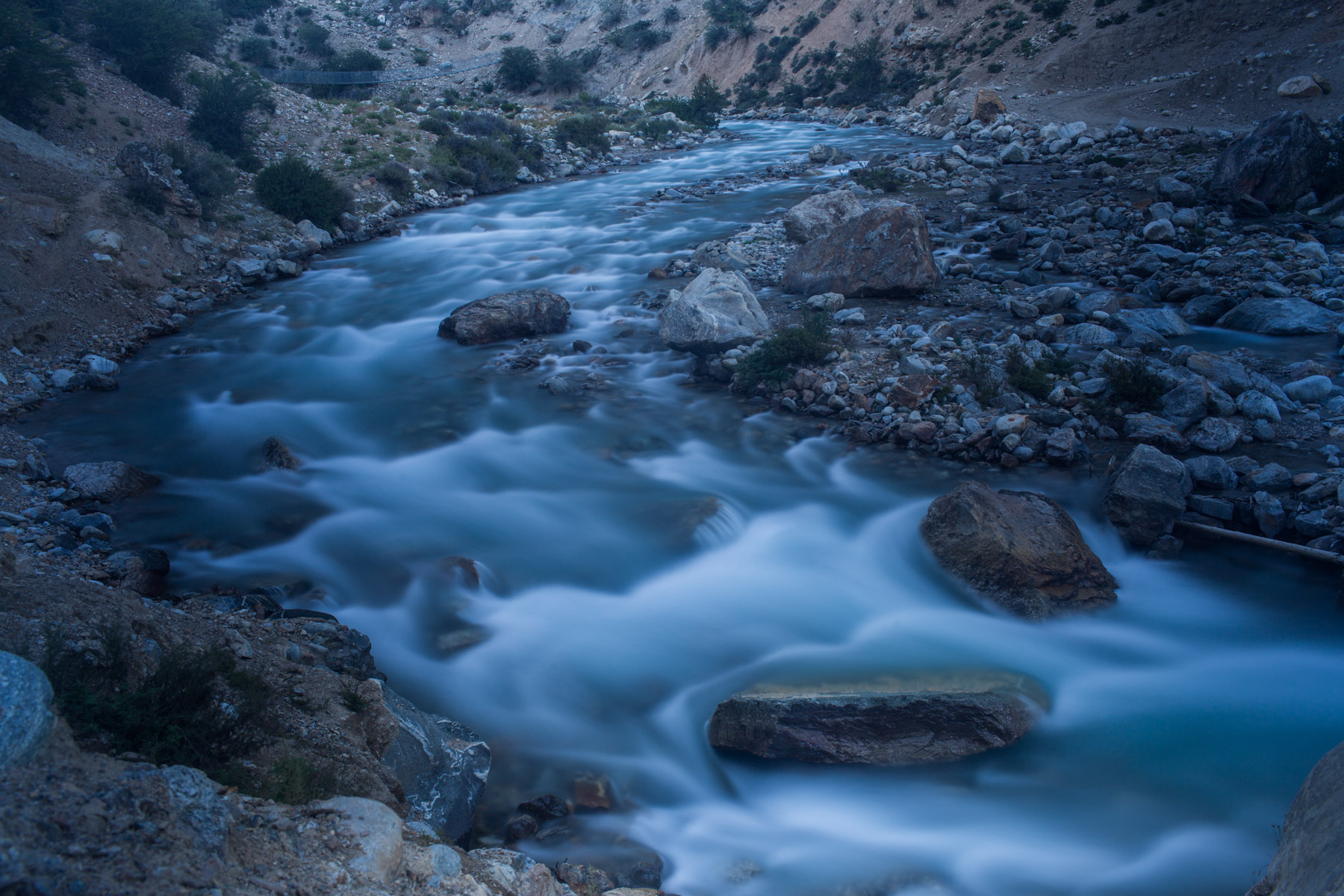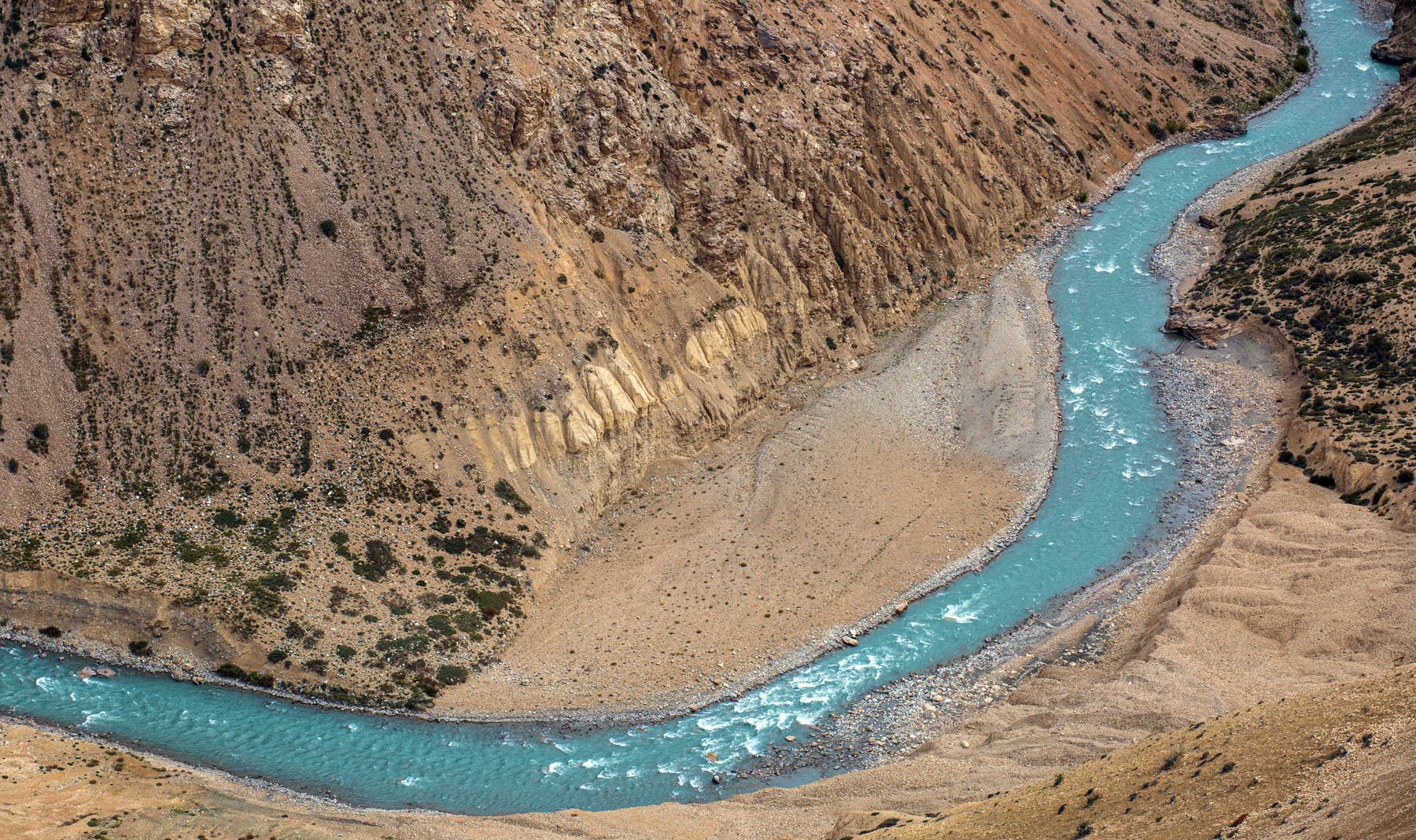
Nepal is endowed with abundant water resources, and is a nation of rivers – often considered one of the world’s most important water towers. Nepal’s rivers are regarded as key strategic natural resources with the potential to act as the catalyst for the all-around development and economic growth of the country. There are about 6,000 rivers in Nepal with a total drainage area of 194,471 sq. km. The whole of Nepal is a part of the Ganga Basin and it is estimated that approximately 70% of dry season flow and 40% of the annual flow of the Ganga River comes through Nepal. Depending on their source and discharge, the rivers in Nepal can be classified into three types. The Mahakali, Karnali, Gandaki and the Koshi are the four main river systems. They originate in the Himalayas and carry snow-fed flows with significant discharge even in the dry season. These rivers are perennial and have tremendous value for biodiversity as well as potential as a source of irrigation and hydropower development. The Babai, West Rapti, Bagmati, Kamala, Kankai and the Mechi are medium rivers. These rivers originate in the Midlands or the Mahabharat Range and are fed by precipitation as well as groundwater regeneration, including springs. These rivers too are perennial but are commonly characterized by a wide seasonal fluctuation in discharge. In addition to these large and medium river systems, there are a large number of small rivers in the Terai which mostly originate in the Siwalik Range. These rivers are seasonal with little flow during the dry season which renders them unsuitable for year-round irrigation or hydropower generation without surface storage. The rivers in Nepal are characterized by the wide, seasonal fluctuation of flow. The monthly flows generally reach their maximum in July-August and decline to their minimum in February-March. About 80% of the total flow occurs during five months (June - October) and the rest during the remaining months. It can be generalized that the smaller the size of the river catchment area, the wider is the range of flow fluctuation.
Rivers and other freshwater ecosystems are threatened by human activities that alter their physical, chemical and biological processes associated with water resources. Typical causes include inappropriate, inadequate, and/or degraded infrastructure, excessive withdrawals of river flows, pollution from industrial and agricultural activities, eutrophication resulting from nutrient loadings, salinization from irrigation return flows, infestations of exotic plant and animals, excessive fish harvesting, flood plain and habitat alteration from development activities, and changes in water and sediment flow regimes. The inability of water resource systems to meet diverse needs for water often reflects failures in planning, management, and decision-making.
